
In a historical twist, Le Grand Boucle will start in Italy for the first time in its 121-year history and finish outside Paris, an unprecedented change due to the upcoming Paris Olympics. The race will traverse the Alps twice, setting the stage for a thrilling competition. Tadej Pogačar aims to become the first cyclist since Marco Pantani in 1998 to achieve the Giro-Tour double.
A historic element of this year’s Tour is the presence of "The Big Six" – Mathieu van der Poel, Wout van Aert, Jonas Vingegaard, Tadej Pogacar, Remco Evenepoel, and Primoz Roglic – all competing together for the first time. This assembly of super champions seemed unlikely after a series of terrifying crashes in the Tour of the Basque Country and Dwars door Vlaanderen, which saw several top riders injured. Yet, they have all made remarkable recoveries, setting the stage for an epic showdown.
Adding to the list of historic firsts, Mark Cavendish has postponed his retirement, seeking a record-breaking 35th stage victory to surpass Eddy Merckx’s record. This year’s Tour has the potential to be one of the most significant in history, a claim that will be tested when the race concludes on July 21 in Nice on the French Riviera.


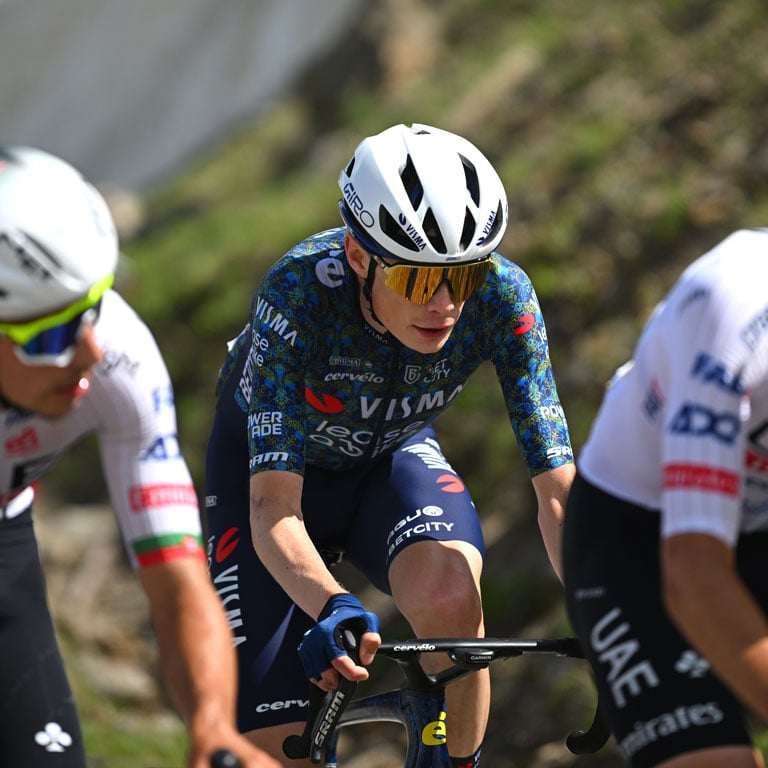

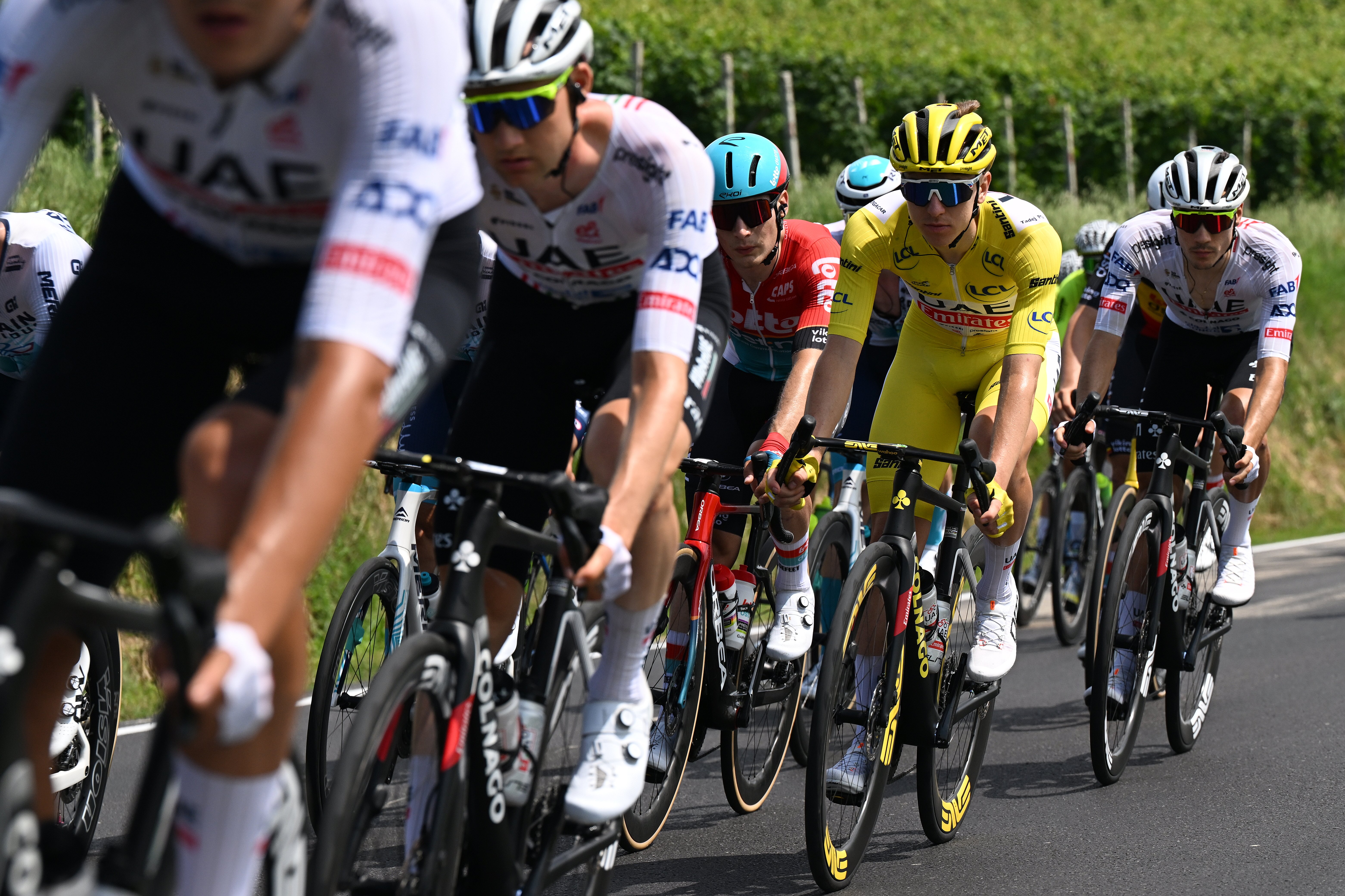
Celebrating the Legacy of Le Grand Boucle
The Tour de France was conceived in 1902 by the French sports newspaper L’Auto to boost its declining sales. The inaugural race the following year, organized by editor Henri Desgrange and his assistant Géo Lefèvre, was an immediate success, drawing tens of thousands of spectators to Paris for the final stage.
Back then, six-day velodrome racing was popular, and road races were incredibly long. The first Tour de France featured six grueling stages over 15 days, with the longest stage stretching 471km from Nantes to Paris. Maurice Garin, the pre-race favorite, won the overall title, finishing in 94 hours, 33 minutes, and 14 seconds, with a record-winning margin of nearly three hours. Today, the winners margin when finishing on the Champs’Elysee will likely be just a handful of minutes at the most.
But many other things have changed dramatically since the first Tour in 1903. The race started and ended in Paris, and the overall title prize money was 3,000 francs. Today, the overall winner of the race will receive 500,000 euros, which are usually shared with the other riders on the winning team.
The 1903 Tour de France's six monstrous stages covered 2,428 kilometers, meaning some racing took place at night across rough, unpaved roads. The 2024 Tour will cover 3,492 kilometers in 21 stages, starting for the first time in Italy and finishing for the first time outside the French capital due to the Olympic Games in Paris.
In 1903, the riders competed as individuals without team support, and any assistance between them was strictly forbidden. Today, 22 teams, each with eight riders, will take the start line on Saturday in Florence.
Initially, top riders were sponsored by bicycle manufacturers until the late 1920s, when national and regional teams were introduced. After World War II, trade sponsors made a comeback, and by the early 1960s, the cycling world permanently shifted to the trade-team format we recognize today.
Money began flowing into the sport from various sponsors beyond bike manufacturers. Top riders now raced for teams backed by companies producing coffee machines, automobiles, hair oil, alcoholic drinks, hand cream, insurance, and banks. Large commercial sponsors provided both funding and identity to the teams in this format.







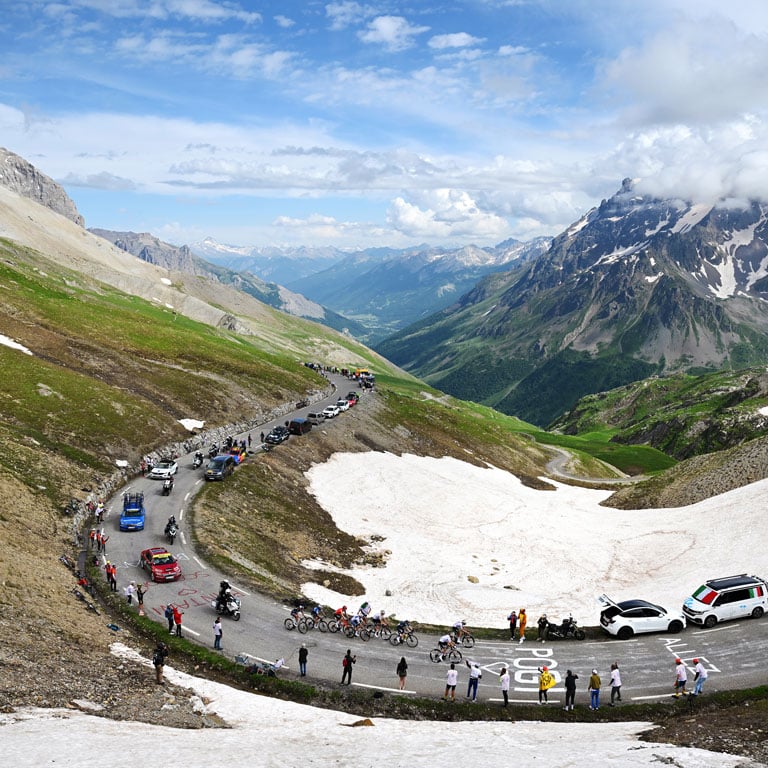

The Iconic Leader Jerseys

The Race for the Yellow Jersey
French cyclist Eugène Christophe was the first to wear the yellow jersey in 1919, replacing the green armband previously used to denote the leader. The concept, attributed to team director Alfred Baugé, was inspired by the desire to make the leading rider more visible in the pack. Coincidentally, L'Auto (now L’Equipe), the race's sponsoring newspaper, was printed on yellow paper, further cementing the color choice.
In 1931, the Giro d'Italia followed this trend, introducing a pink jersey, or maglia rosa, reflecting the pages of the Gazzetta dello Sport, which owned the race.
Since its inception in 1919, the yellow jersey has symbolized the overall leader, with the ultimate goal being to retain it through the final stage. Small time bonuses are often awarded mid-race at climbs or intermediate sprint points, which can cause the jersey to change hands frequently during the 21 stages—or not at all.
Notably, in 1961, five-time Tour de France champion Jacques Anquetil claimed the yellow jersey on the opening stage and held it to the end in Paris. Eddy Merckx, another five-time champion, holds the record for most yellow jerseys worn, with a total of 96.
Jacques Anquetil, Eddy Merckx, Bernard Hinault, and Miguel Indurain have each won the Tour five times. Lance Armstrong, who initially claimed a record-breaking seven consecutive wins from 1999, was stripped of his titles in 2012 due to doping offenses.





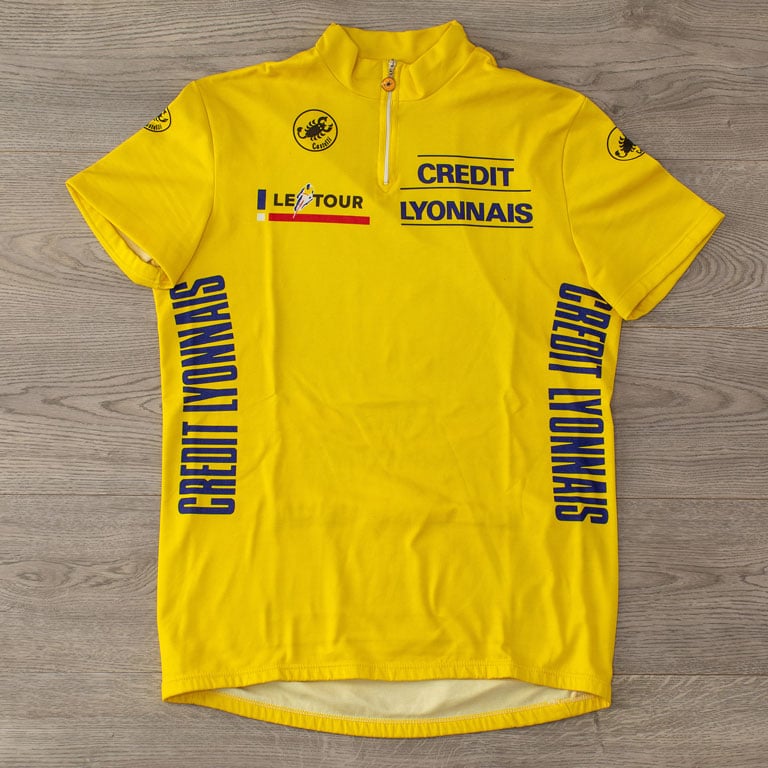


The Polka-Dot Jersey





The Green Jersey
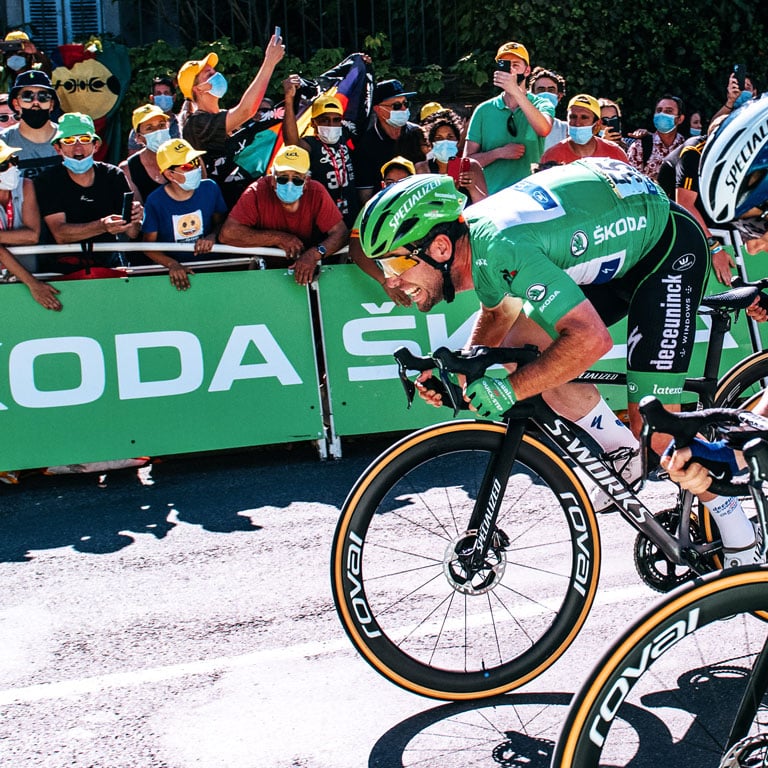
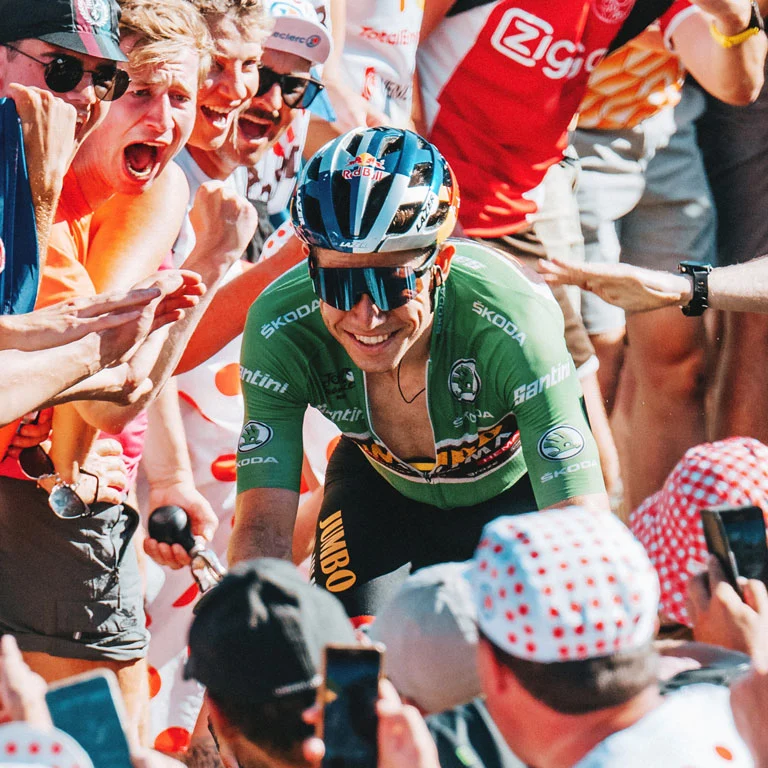


The White Jersey

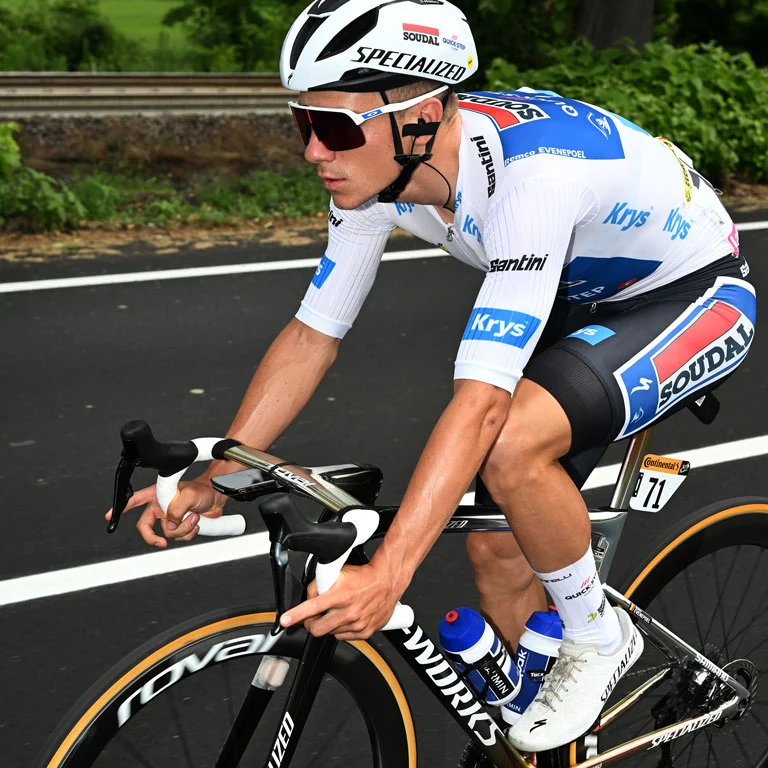
Other Jerseys


The Spectators
Whether watching roadside or on TV, the Tour offers a unique blend of intense competition and picturesque beauty, making it a beloved spectacle. As this year’s race unfolds, fans are eager to see who will don the yellow jersey in Nice and how the historic 111th Tour de France will be remembered.








